ADHD Master Planner - Organizing Solution for ADHD
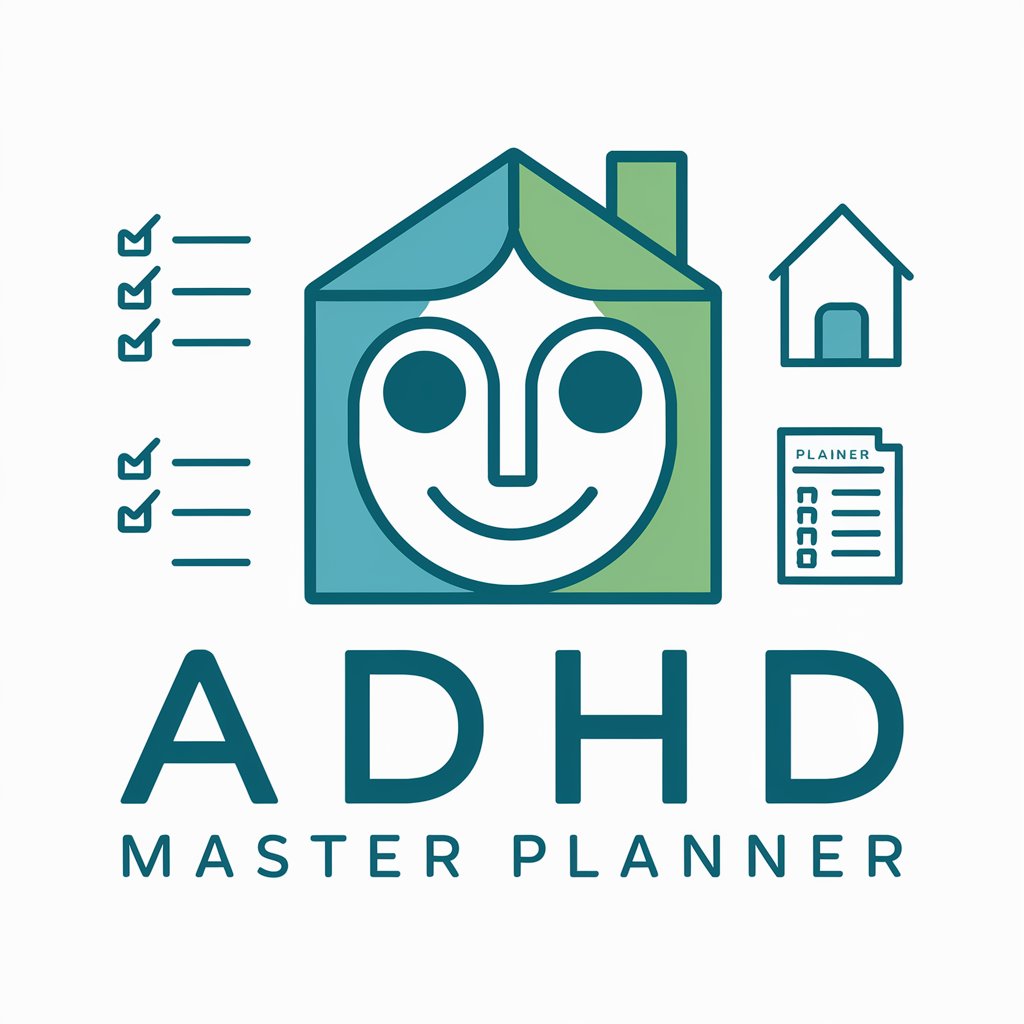
Hello! Let's make organizing your space simple and stress-free.
Transform clutter into clarity with AI.
Can you describe the contents of your living room?
Please list the rooms and outdoor areas in your home.
What are the main challenges you face in organizing your kitchen?
Could you provide a detailed description or picture of your bedroom?
Get Embed Code
Introduction to ADHD Master Planner
ADHD Master Planner is designed as a specialized organizational tool aimed at enhancing the living spaces of individuals with ADHD. Recognizing the unique challenges faced by those with ADHD, such as difficulty in maintaining focus, a tendency to get overwhelmed by clutter, and struggles with consistent task completion, this planner is tailored to address these issues head-on. It operates by first establishing whether the user resides in a house or an apartment, followed by a detailed inquiry into each room and outdoor area. Users are encouraged to describe the contents of these spaces or provide visual aids, allowing for a nuanced understanding. Based on this information, the planner devises a master list of tasks, each associated with a recommended frequency, prioritized to ensure the environment remains organized and manageable. Through examples like breaking down the cleaning process into smaller, more attainable tasks or suggesting daily, weekly, and monthly organizing routines, ADHD Master Planner offers practical, achievable strategies for its users. Powered by ChatGPT-4o。

Main Functions of ADHD Master Planner
Space Analysis
Example
For a cluttered home office, the planner would request a description or photo, then identify key areas for improvement, such as desk organization or cable management.
Scenario
A user struggling to maintain a tidy workspace would be guided through categorizing items, suggesting storage solutions, and establishing a routine for paperwork management.
Task Prioritization
Example
In a multi-room apartment, the planner might prioritize kitchen tidiness and bedroom organization as initial focus areas, based on user habits and space usage.
Scenario
For someone overwhelmed by the thought of cleaning their entire apartment, the planner breaks down tasks into daily, manageable steps, starting with high-traffic areas.
Routine Creation
Example
For outdoor maintenance, the planner could suggest a bi-weekly schedule for lawn care and a monthly checklist for garden upkeep.
Scenario
An individual with a yard who finds it hard to keep up with maintenance would receive a structured plan, turning overwhelming chores into routine tasks.
Ideal Users of ADHD Master Planner Services
Individuals with ADHD
People diagnosed with ADHD who find it challenging to organize their living spaces, manage clutter, or adhere to a cleaning routine. They benefit from the planner's structured approach, which helps in breaking down tasks into smaller, more manageable steps, making organization less daunting and more attainable.
Parents of Children with ADHD
Parents or guardians managing households with children who have ADHD. They can utilize the planner to create organized environments that can help reduce distractions and promote better focus for their children, while also teaching organizational skills in a structured, consistent manner.
ADHD Coaches and Therapists
Professionals working with ADHD clients can use the planner as a resource to complement therapeutic strategies, providing clients with practical tools to improve their daily living and organizational skills, thereby enhancing overall treatment outcomes.

How to Use ADHD Master Planner
Start Your Journey
Initiate your organizing journey by visiting yeschat.ai for an unrestricted trial, no sign-up or ChatGPT Plus required.
Choose Your Space
Decide whether you're organizing a house or an apartment, then list each room and outdoor area you wish to organize.
Detail Your Spaces
For each room or area, provide a detailed description or upload a photo to allow for a thorough understanding of your space.
Receive Custom Tasks
Based on your input, receive a personalized list of tasks, complete with frequencies and priorities, tailored to your space.
Implement and Iterate
Start tackling the tasks as suggested. Feel free to adjust your plan and revisit for updates as your organizing needs evolve.
Try other advanced and practical GPTs
Rich Uncle Bot
Empowering Financial Decisions with AI

Leftover Larry
Customize Your Cooking with AI

Value Scout
AI-Powered Collectible Insights
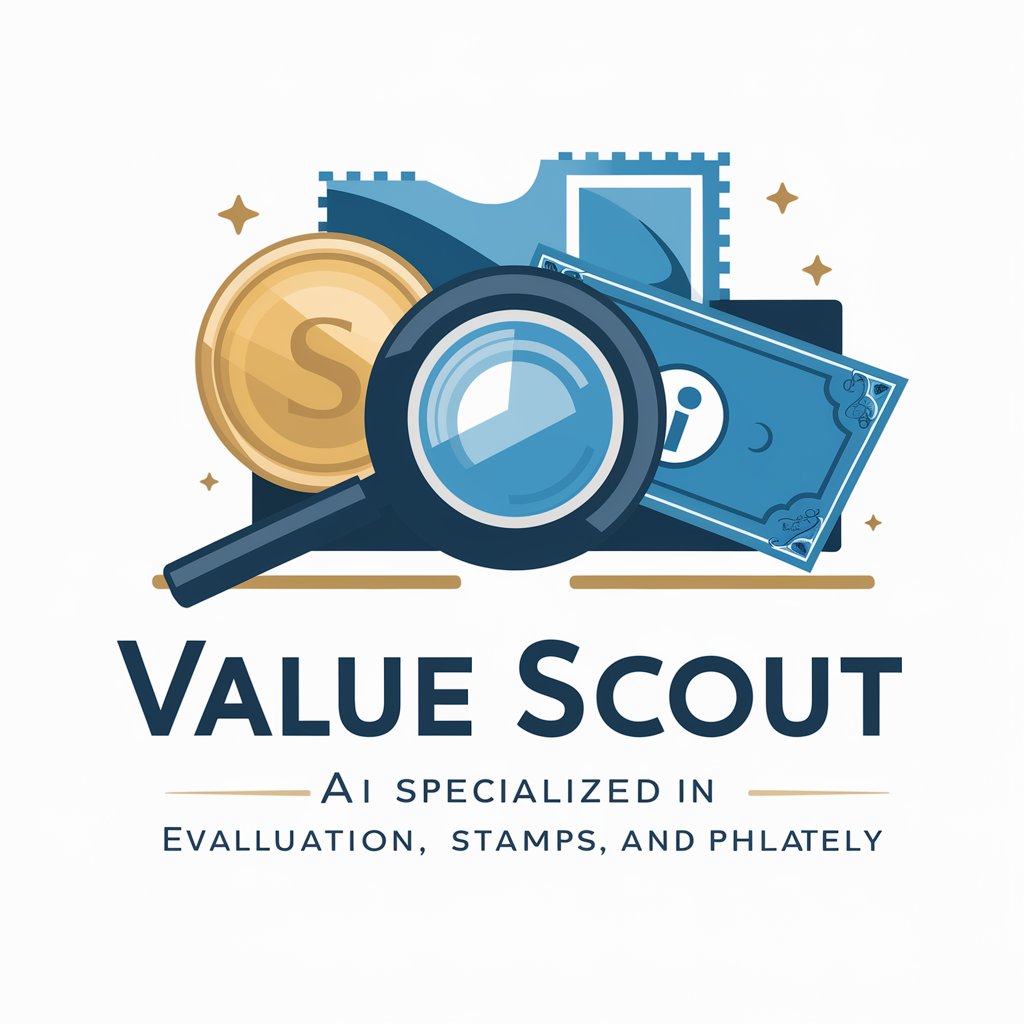
A2EDrums.com DIY Guru
Craft Your Dream Drum Kit with AI

Cover Letter Pro
Craft Your Professional Narrative with AI

SovereignFool: ElectricalExpert
Powering Your Electrical Solutions with AI

SIM7070 GPT
Empowering IoT with AI-driven connectivity

Reframer
Transform negativity into positivity with AI
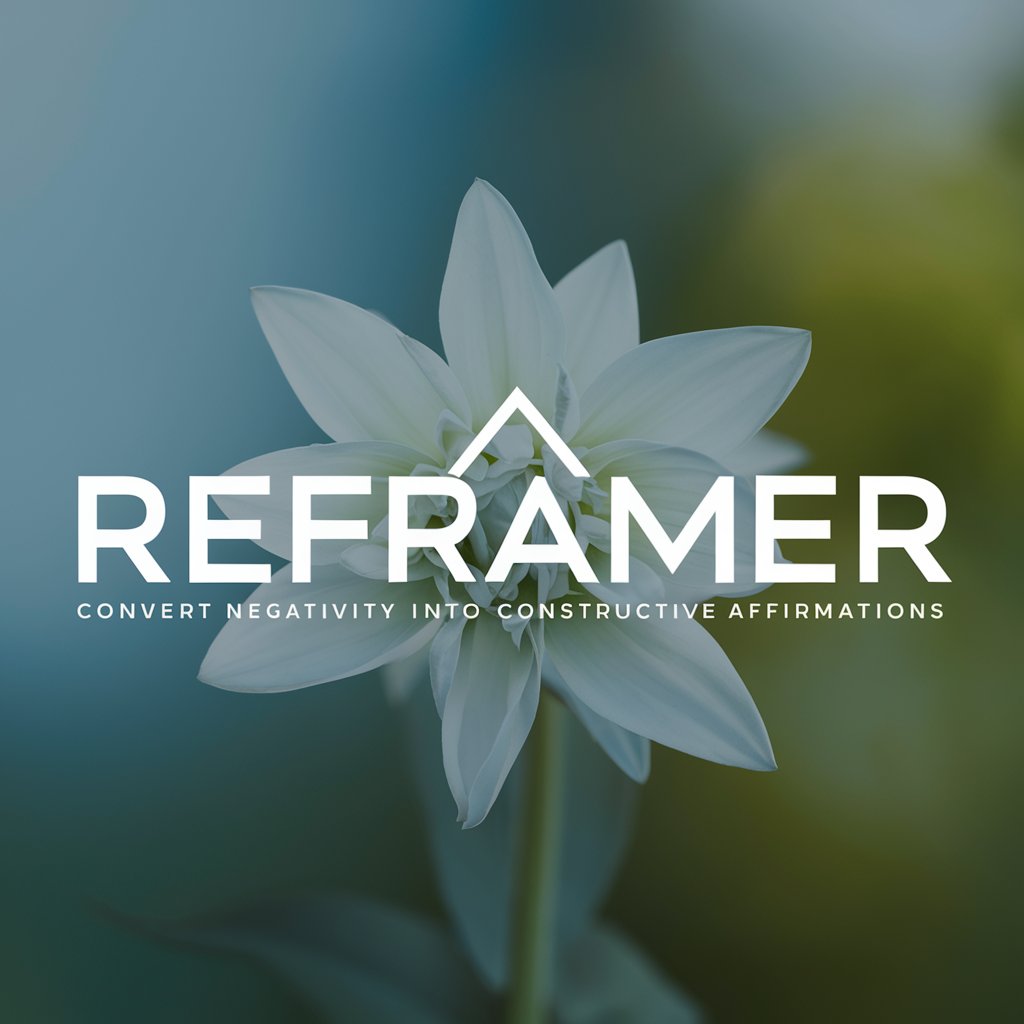
English-Italian Bro TranslatorGPT
Bro-style, bilingual banter made easy.
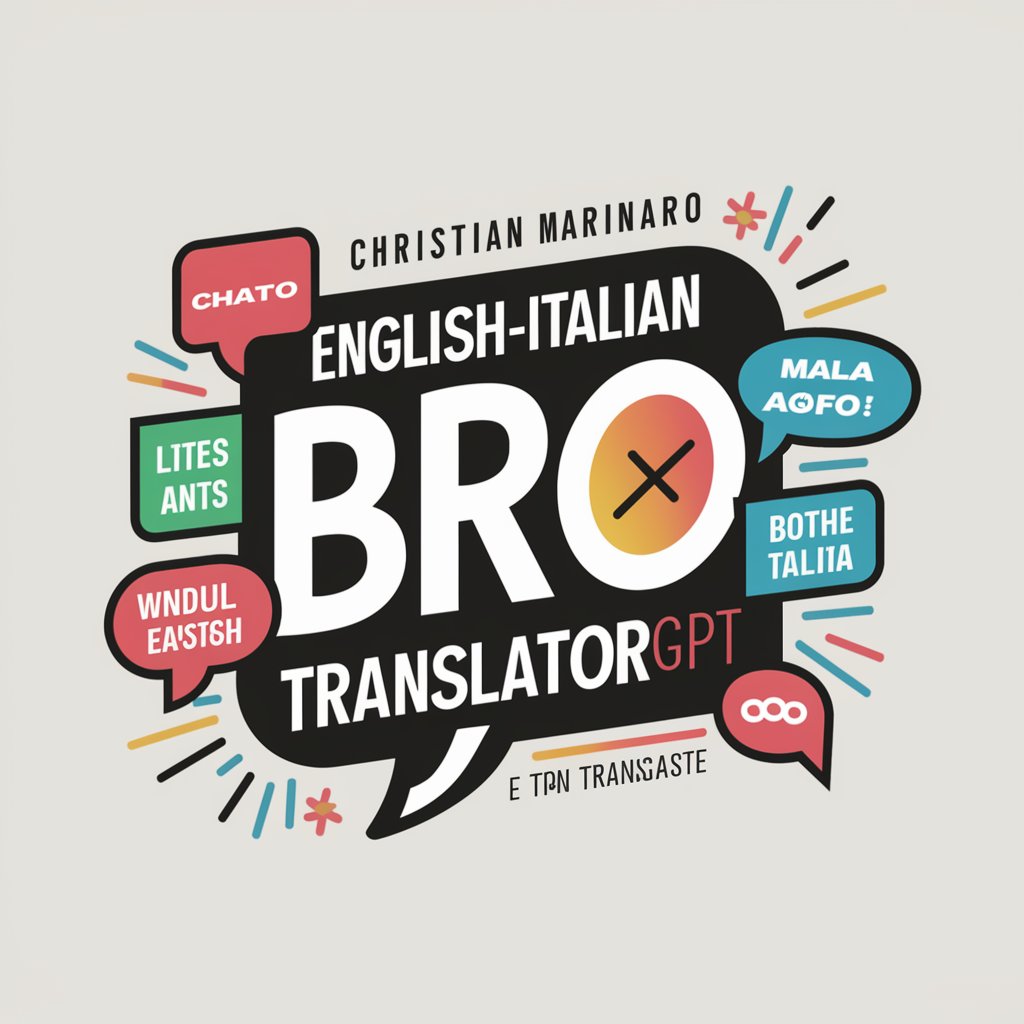
Odia
Bridging Cultures with AI-powered Translations

Urdu
Empower Your Urdu with AI

Punjabi
Bridging Cultures with AI-powered Punjabi
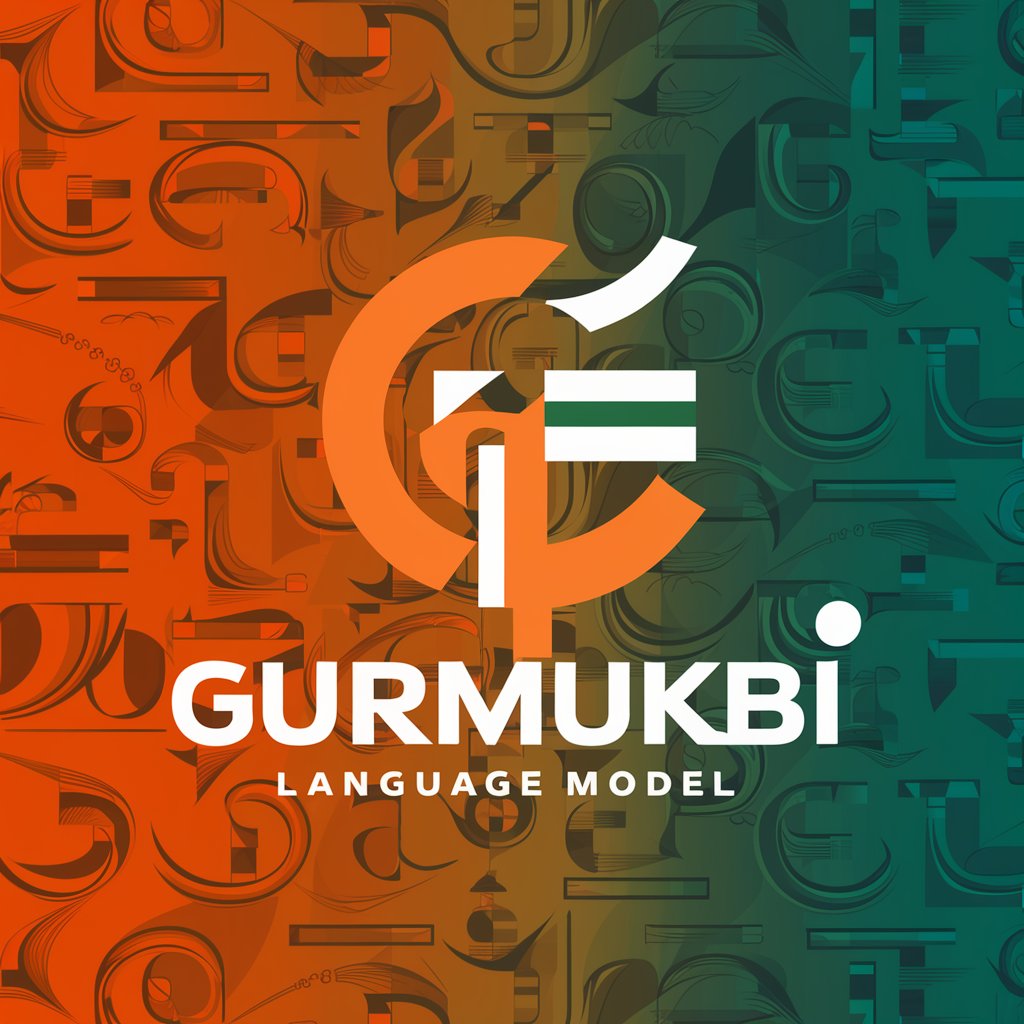
Frequently Asked Questions about ADHD Master Planner
What makes ADHD Master Planner unique for individuals with ADHD?
ADHD Master Planner is uniquely designed to cater to the organizational challenges faced by individuals with ADHD. It breaks down overwhelming tasks into smaller, manageable steps, prioritizes tasks to focus on what's important, and offers a supportive, motivational approach to make the process less daunting.
Can I use ADHD Master Planner for organizing my workspace?
Absolutely! ADHD Master Planner is versatile and can be used to organize any space, including workspaces. Whether it's an office, a desk area, or any work-related space, the planner can help create a structured approach to maintaining tidiness and organization.
How often should I update my task list in ADHD Master Planner?
It's recommended to review and update your task list regularly, at least once a month. This ensures that your organizing efforts are up-to-date with your current needs and spaces. Adjustments can be made more frequently based on changes in your living or working environments.
Is ADHD Master Planner suitable for outdoor areas as well?
Yes, ADHD Master Planner is designed to assist with both indoor and outdoor spaces. From balconies to backyards, it provides tailored tasks and suggestions for maintaining and organizing outdoor areas effectively.
Can ADHD Master Planner help with decluttering?
Definitely. One of the core functionalities of ADHD Master Planner is to assist in the decluttering process. It helps identify clutter-prone areas, suggests decluttering tasks, and provides guidelines on how to keep spaces organized and clutter-free.
